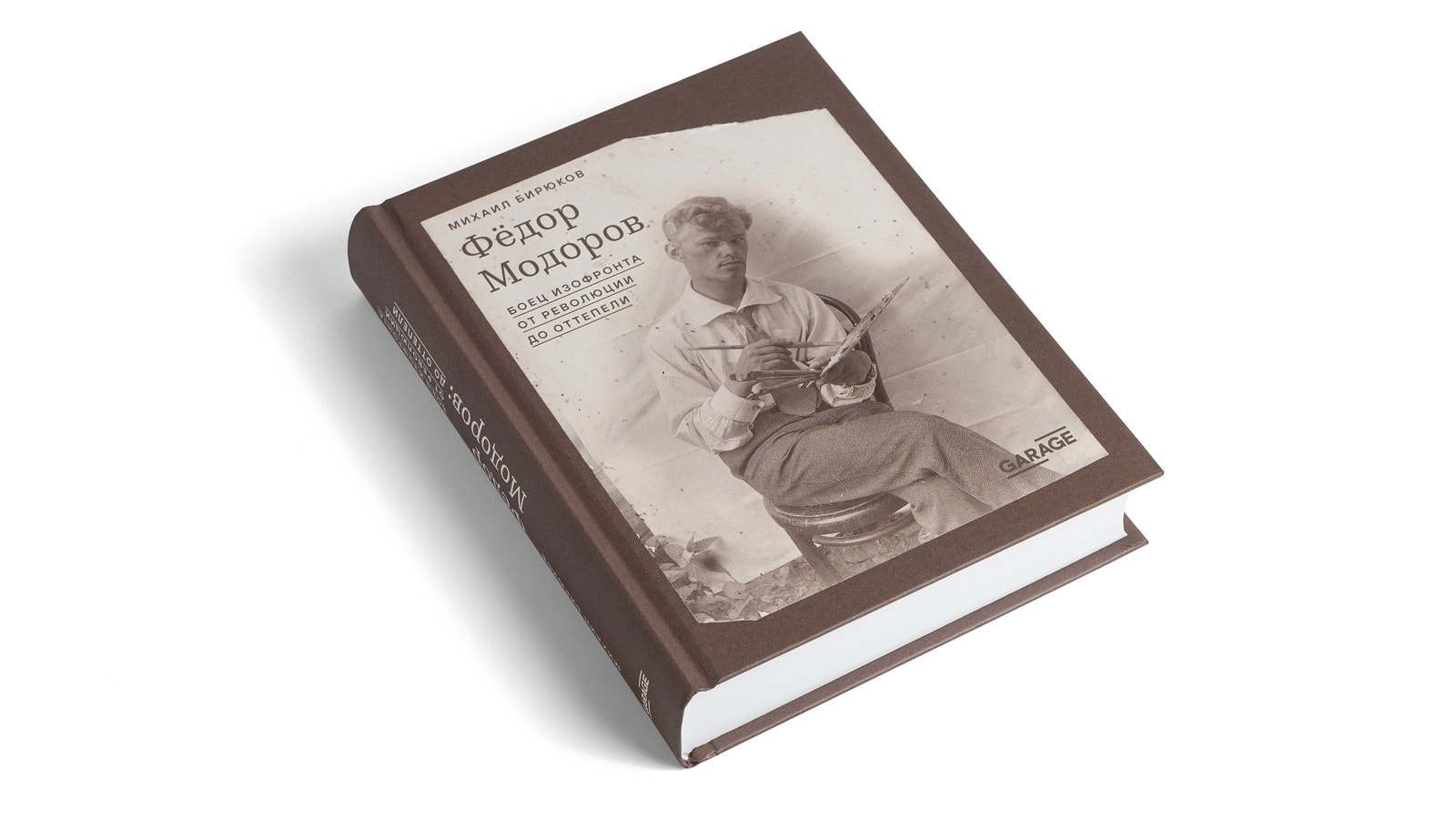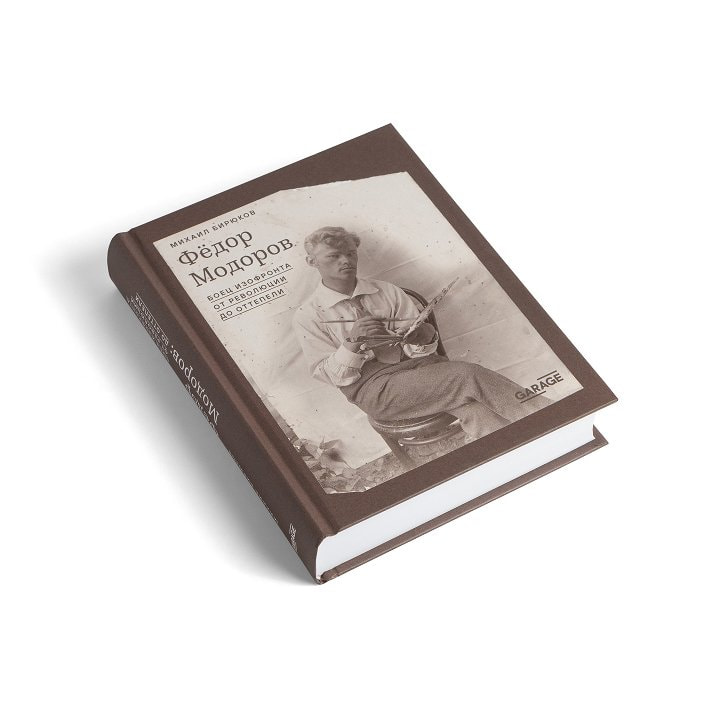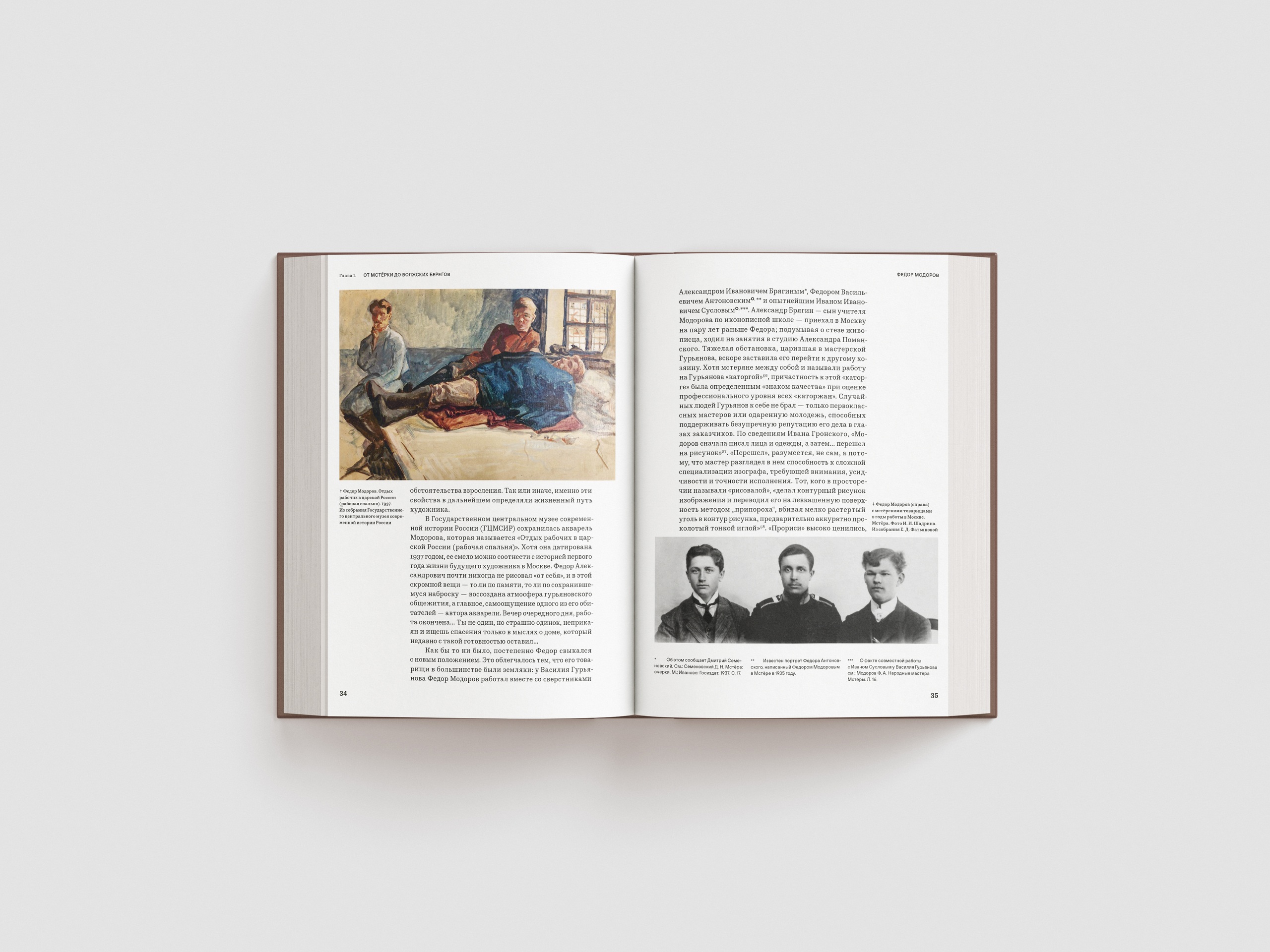Russian twentieth-century visual art is multilayered and multifaceted. One of its central characteristics is the struggle between opposing schools, movements, and groups.
Fedor Modorov, the 135th anniversary of whose birth is celebrated in 2025, is known in art history as a persecutor of formalism and a retrograde. Over time, he came to symbolize the vices of Soviet cultural officialdom. However, a closer look reveals a very different and far more nuanced portrait of the artist—gifted, complex, and full of contradictions.
Fedor Modorov was, without a doubt, a man of his time. He was not among those who shaped the future of art, but he consistently adhered to what he believed was right. His worldview was shaped by tradition and, to a large extent, by his origins in the legendary town of Mstera—a center of icon-painting that was secularized after the October Revolution, in part through Modorov’s own efforts. His artistic path was set by the Russian realist school. Not a biography in the strict sense, this book is more a journey through the twentieth century alongside Fedor Modorov—a portrait of an artist set against the backdrop of his era.






